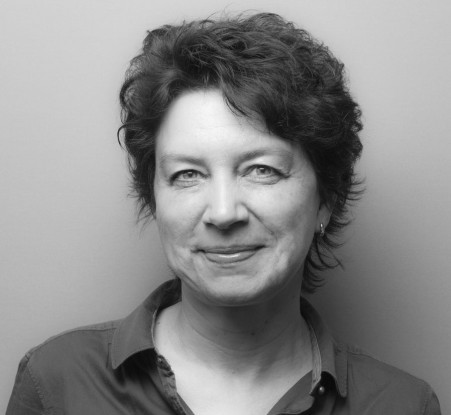Compression-Only Structures with Irregular Rock and 3D Printed Connectors
Irregular materials such as unprocessed rocks and wooden branches are currently rarely used in contemporary architectural construction due to the high cost of skilled labour required for preparation. This project investigates methods of graphic statics in combination with technologies such as 3D scanning and 3D printing to build structures from natural reusable building materials. Digital constructions using natural materials were investigated, e.g. in order to use 3D scan data for the digitisation of wooden branches, in order to change a robot-supported manufacturing process of an arch spanning construction [1]. An optimization algorithm was implemented for dry stacking of unprocessed rock to find an optimal stacking [2]. We developed a method for stacking mechanical unprocessed rock without mortar and adhesives. We implemented an algorithm to produce 3D printed parts that connect digitized stones in the plane normal to the thrust line (Fig. 1). A manually designed input curve is recalculated according to the weights of the objects to generate a compression-only arch [3]. We employed evolutionary optimization to calculate optimal orientation of scanned stones along the thrust-line. Different stone arrangements and 3D printed connectors were tested. Evaluation criteria include printing time, amount of material, assembly and stability. Unprocessed or rubble rock is a massive resource of cheap building material with very low embodied energy that might see a revival through digital technologies.
References
[1] M. Self and E. Vercruysse, “INFINITE VARIATIONS, RADICAL STRATEGIES,” Fabr. 2017, pp. 2017–2020, 2017.
[2] M. Lambert and P. Kennedy, “Using Artificial Intelligence to Build with Unprocessed Rock,” Key Eng. Mater., vol. 517, pp. 939–945, 2012.
[3] P. Block and J. Ochsendorf, “Thrust network analysis: A new methodology for three-dimensional equilibrium,” in Journal of the International Association for Shell and Spatial Structures, 2007.











